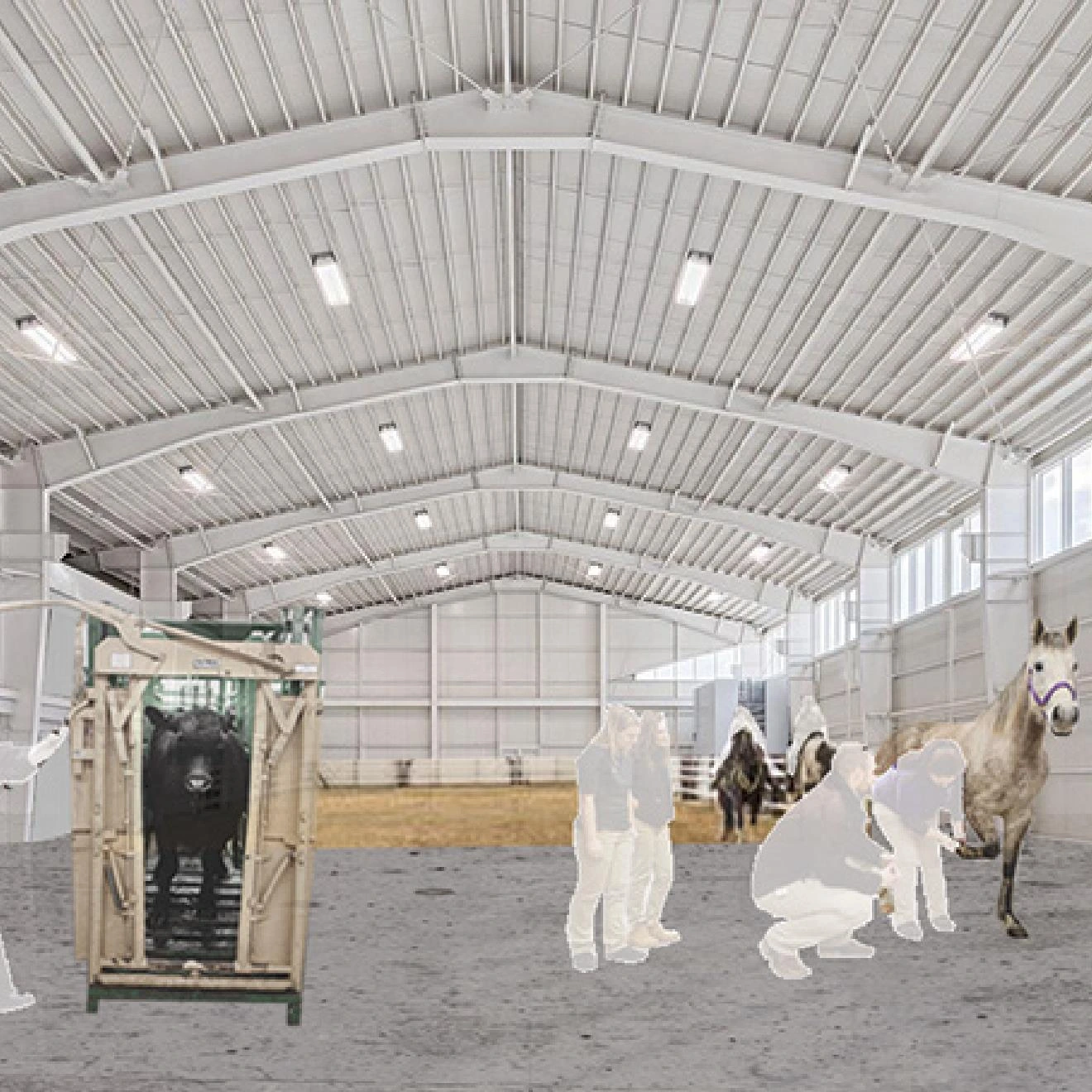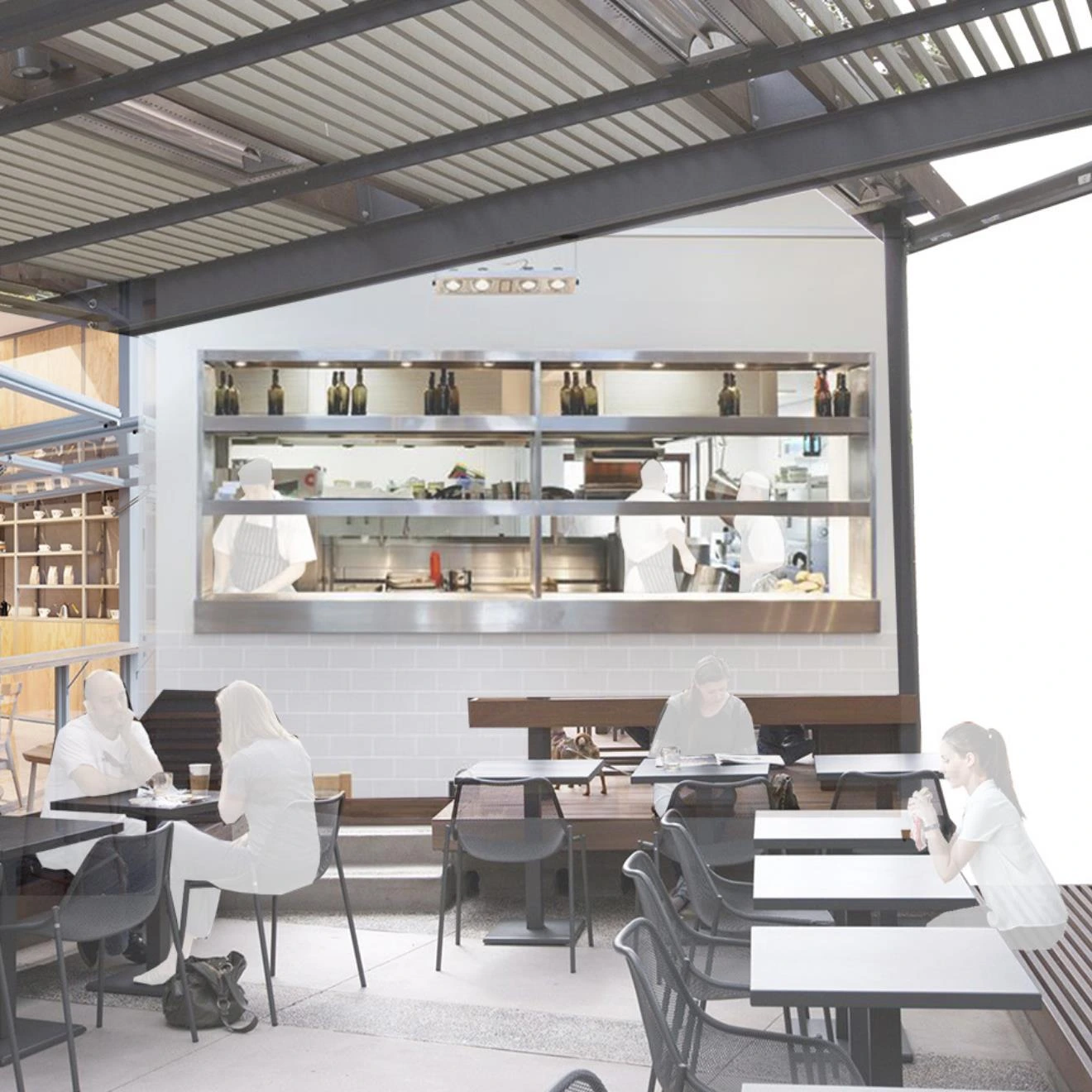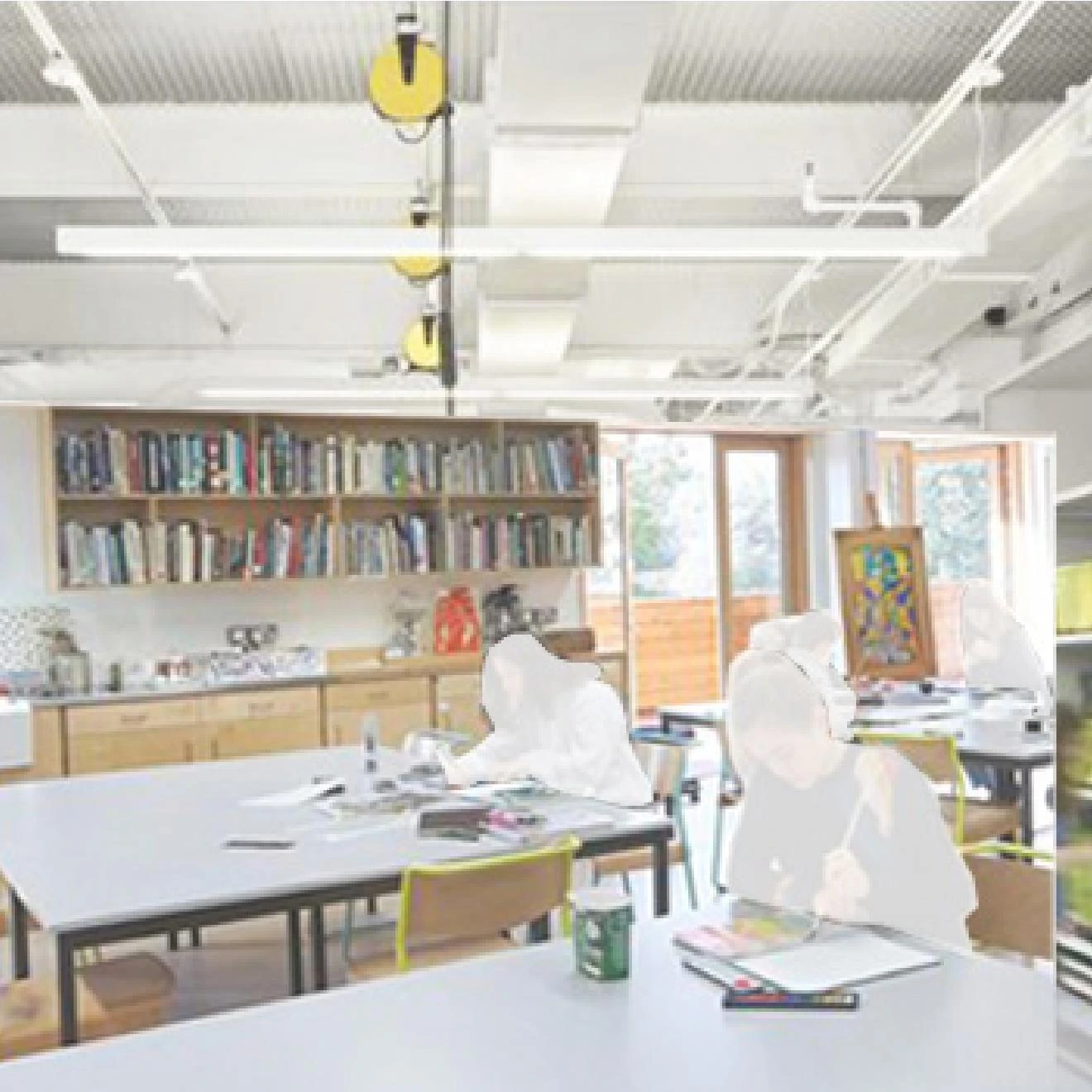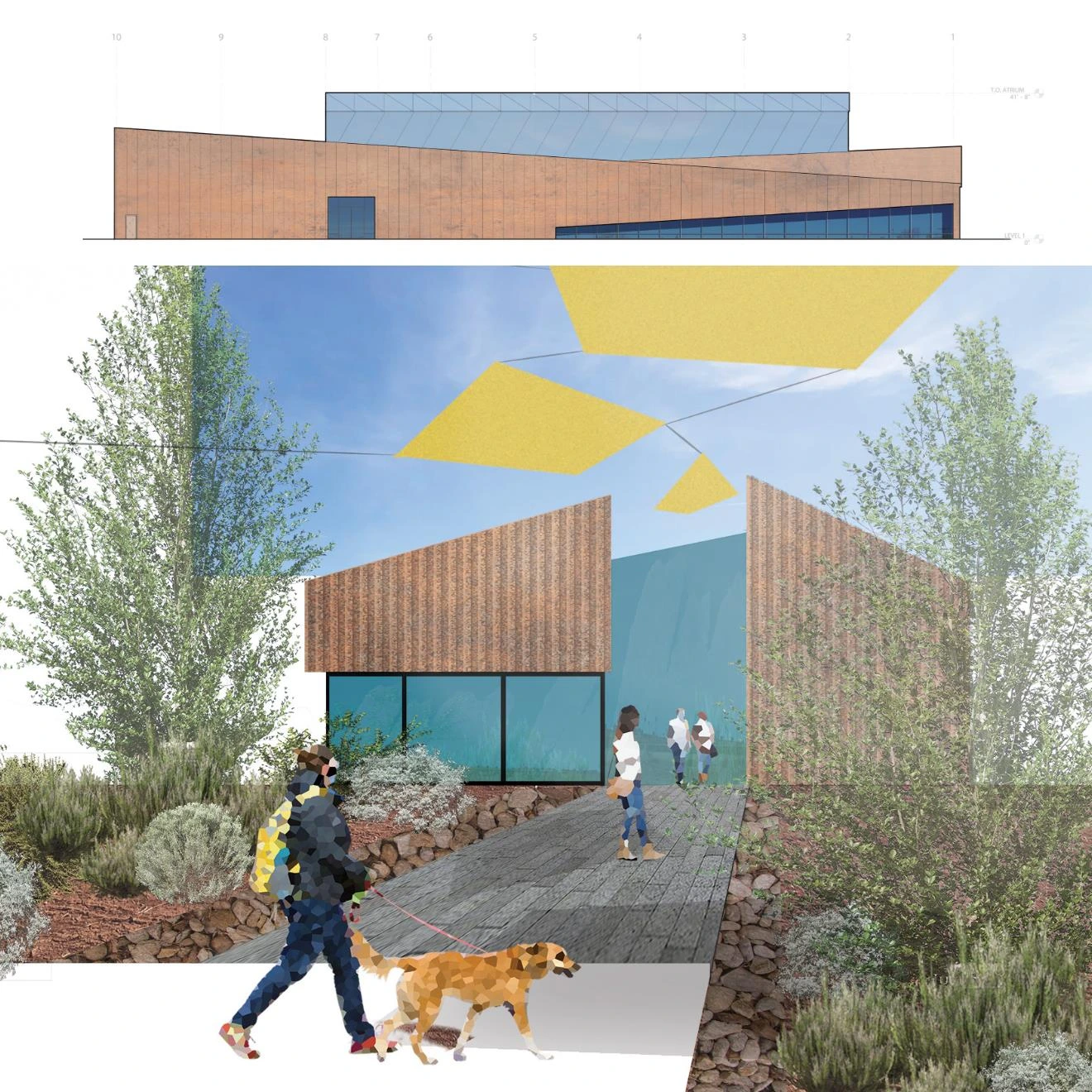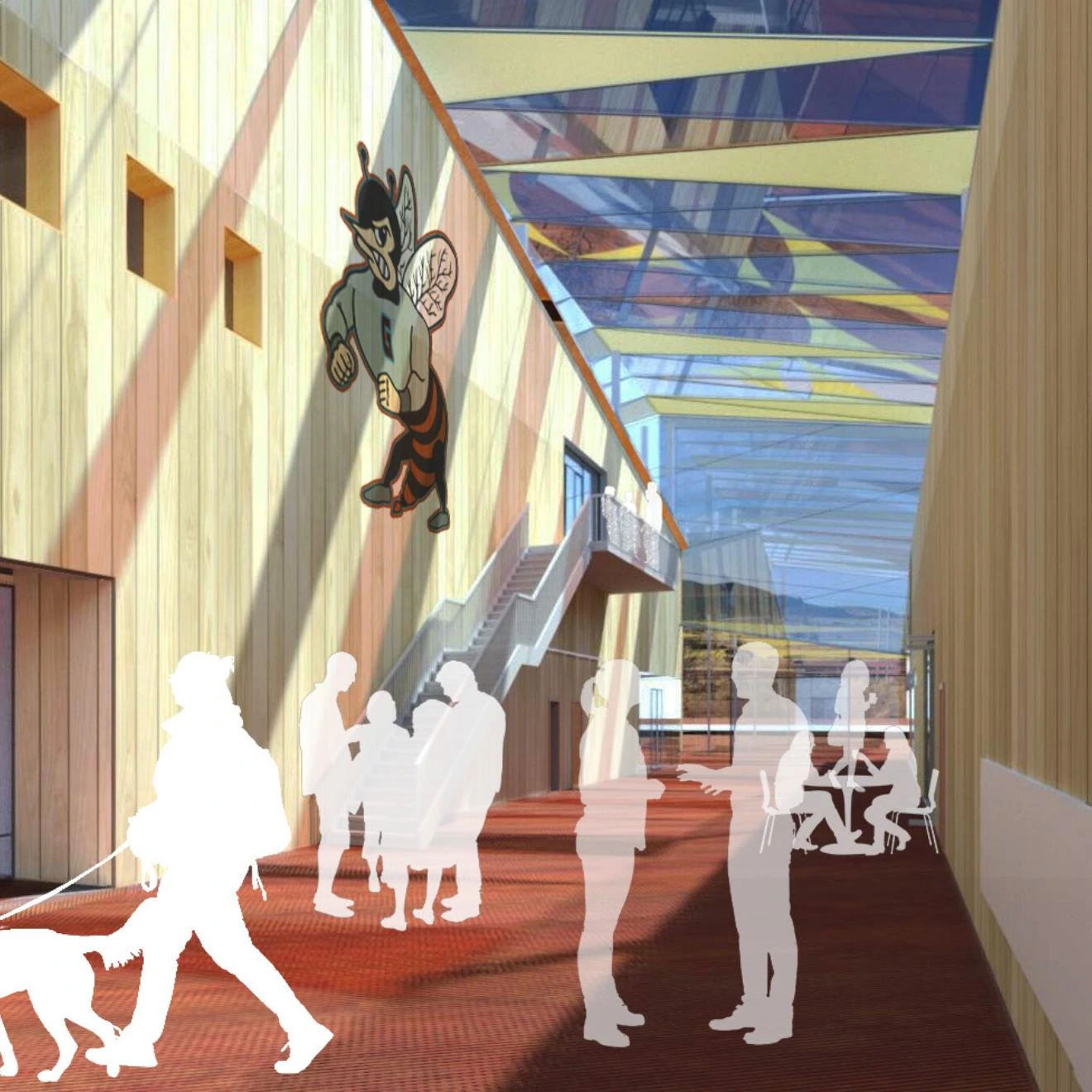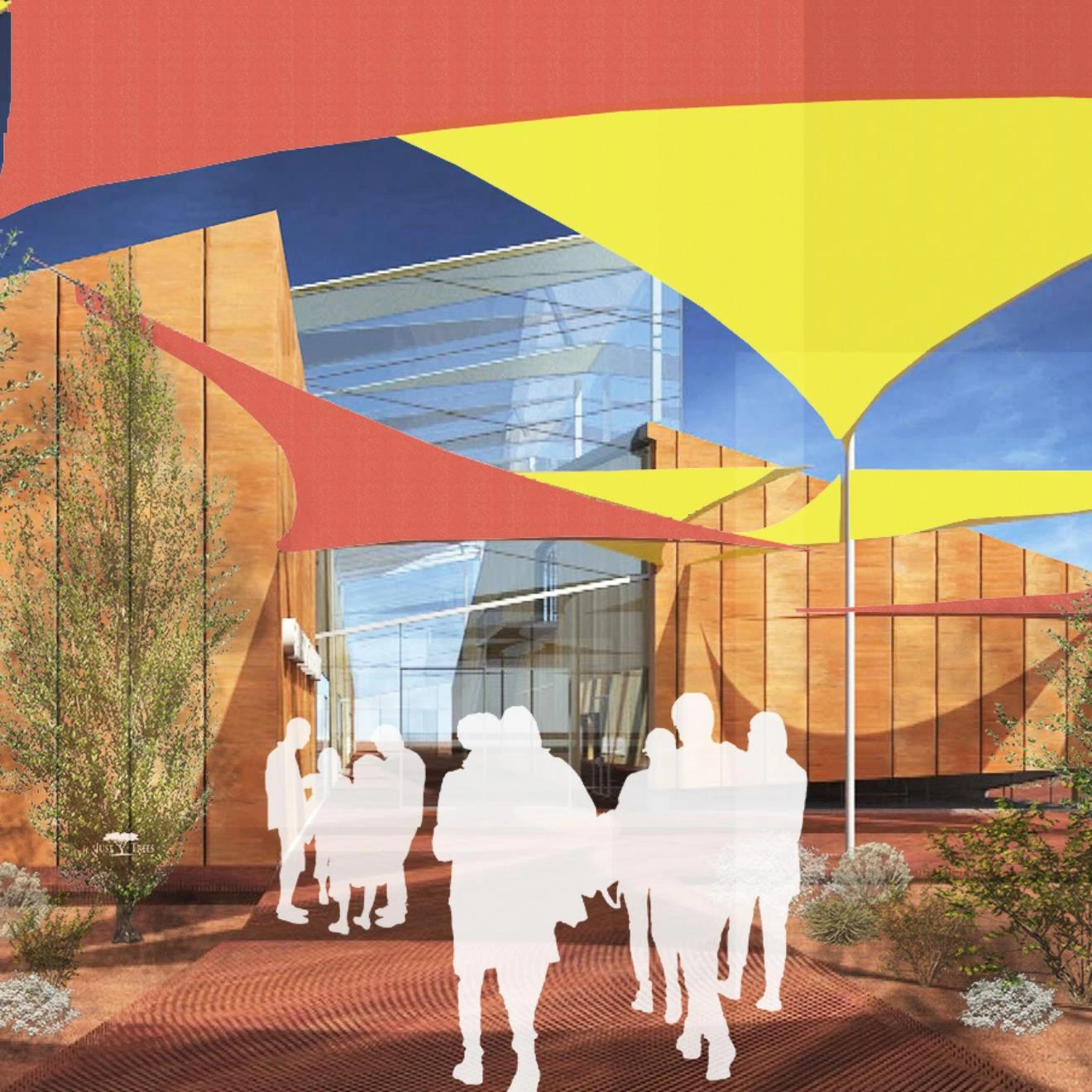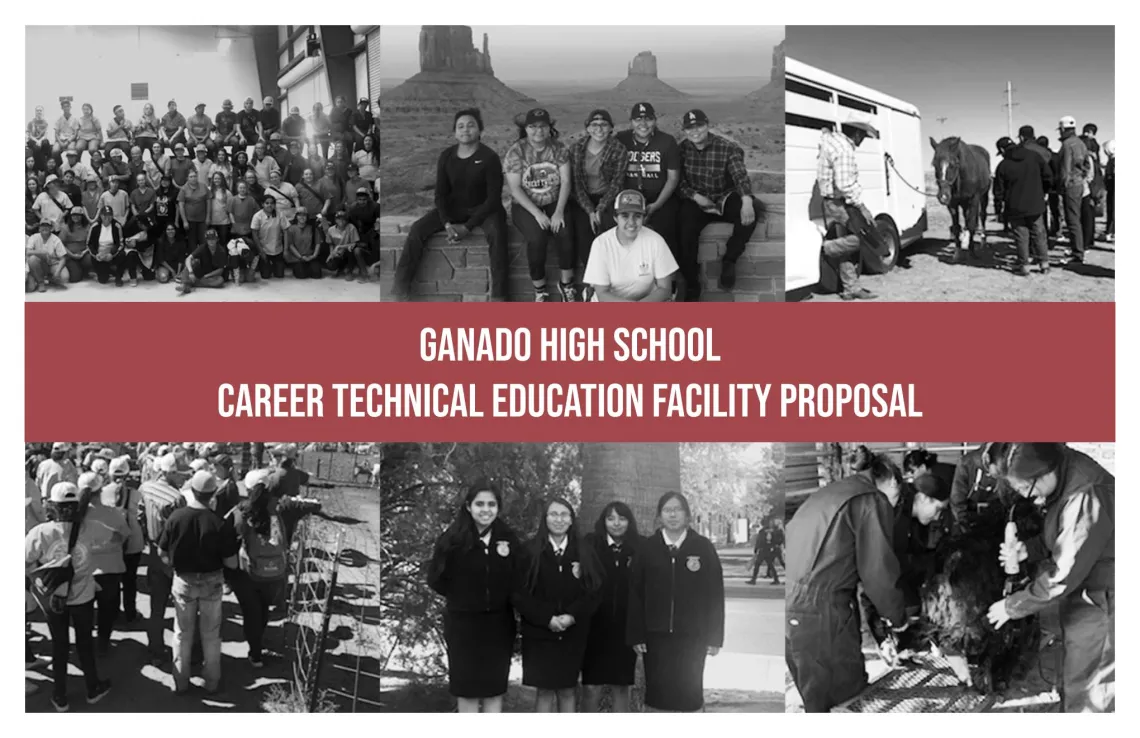
Project Team
-
Claudia Nelson, Director,Native Peoples Technical Assistance Office (NPTAO) University of Arizona
-
Kelly Smith, Research Associate, Native Peoples Technical Assistance Office (NPTAO) University of Arizona
-
Laura Carr, Senior Lecturer, School of Architecture, College of Architecture, Landscape Architecture & Planning (CAPLA) University of Arizona
-
2021 Master of Architecture 510E Studio
Project Details
Where:
When:
Themes:
Ganado High School, Ganado, Arizona
2020 - 2021
Career Technical Education, Meat Processing, Meat Fabrication, Veterinary Clinic and Technician Training, Culinary Arts, Animal Husbandry
Project Overview
The project presented by the 510E studio is for a master plan and design of facilities at Ganado High School to house the Career Technical Education (CTE) Program. The master plan includes new facilities for programs in Nursing, Graphic and Architectural Design, Meat Processing, Veterinary Care and Culinary Arts. Advanced career training at the high school level provides students the opportunity to enter trades directly out of high school or to be competitively placed into advanced degree programs. Providing career training at Ganado High School protects the cultural, agricultural and economic health of the greater Ganado area, and continues the traditions and skills that have been cultivated for generations.
The proposed expansion of the Ganado CTE facility was initiated by Mr. Allen Blacksheep, on behalf of the Ganado High School CTE Program. The design underwent several iterations before being directed to the College of Architecture, Planning, and Landscape Architecture at the University of Arizona. The joint effort reflected in this book was facilitated by Ms. Doris Nelson (Director of CTE Programs, Ganado High School); Mr. Leander Thomas (Instructor of AG/Vet Science, Ganado High School); Mr. Trent Teegerstrom (Associate Director for Tribal Extension Programs at the University of Arizona (CALS)), and Ms. Claudia Nelson (Director of the RII Native Peoples Technical Assistance Office (NPTAO) at the University of Arizona). In December of 2019, NPTAO provided funding to send Laura Carr, Lecturer with the School of Architecture at the University of Arizona and acting coordinator for the ARC 510E MArch studio, to meet with Mr. Allen Blacksheep and Ms. Doris Nelson at Ganado High School and review the previous plans, share examples of student work and tour the project site.
In January 2020, CALS, NPTAO and the Ganado team worked together to design a plan for quickly bringing the students up-to-speed in terms of the knowledge required for a facility design of this complexity, and to provide proper introduction to the people, place and culture surrounding Ganado. Over the course of four days, the students toured the University of Arizona Meat Processing Facility with facility manager Samuel Garcia and facility architect Bill Carnell; attended a lecture with biosecurity expert Betsy Greene; traveled across the Navajo Nation to visit cultural sites such as Monument Valley and Canyon De Chelly; visited the historic Hubble Trading Post; and toured Chinle, Monument Valley and Ganado High School’s CTE programs with the instructors and students.
Back in the architecture studio, students gathered together what they learned to create a base program. Many students drew inspiration from the interactions in Ganado, particularly from the weavings displayed and discussed at Hubble Trading post. The students began their analyses, and from that, overlaid topics of demographics, food sovereignty, landscape and climate to their work. The studio also began to organize this thinking within the context of the book Diné, A History of the Navajos, by Dr. Peter Iverson. Dr. Iverson lived among the Navajo at Many Farms, teaching at Diné College and gathering stories, and today is Regents Professor of History (Emeritus) at Arizona State University with focused scholarly work in American Indian History.
To contextualize the central foundations of the Diné, Dr. Iverson identifies four characteristics of the Navajo briefly summarized here:
DEFENSE AND SURVIVAL, which establishes the necessity of understanding that the people, the animals and the land must be defended in order for the Diné to survive.
ADAPTATION AND INCORPORATION, namely, the intentional act of incorporating new ideas, new people and new elements into Navajo culture and tradition. For example, basketball and rodeo are viewed as traditional pastimes; the Native American Church combines traditional and Christian beliefs; Asian patterns have been incorporated into weavings; clan systems include groups who were born Navajo and who chose to come live with the Navajo; and livestock acquired by the Spanish have become staples for Navajo families.
EXPANSION AND PROSPERITY, which is the belief that for society and culture to prosper, they must expand in a number of different ways. This happens in part by an expansion of territory, but it also happens in terms of services and systems provided for the people.
IDENTITY AND CONTINUATION, namely, to be Navajo means to respect the old ways and to find the means to continue in a new day. Changing Woman provides continued inspiration and reaffirmation, and while many situations have caused reasons to despair, the Navajo continue to celebrate the continuation of their people in this place.
Project Gallery
Click image to view larger size and begin slideshow:














